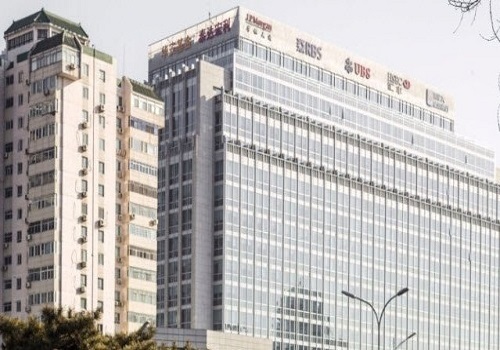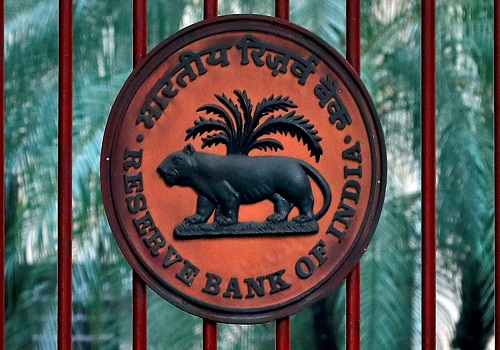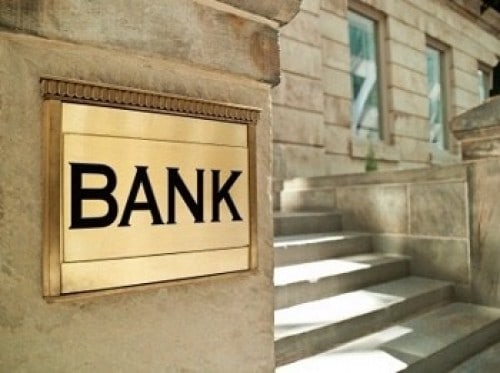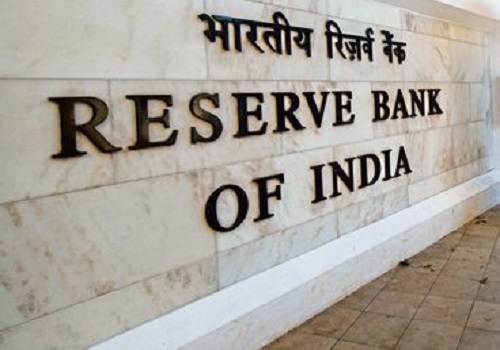India's high policy rates, weaker rupee could restore external balances -HSBC economist
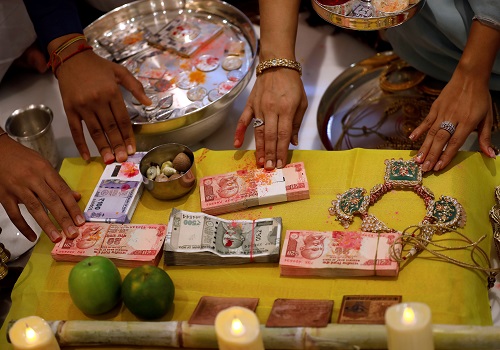
Follow us Now on Telegram ! Get daily 10 - 12 important updates on Business, Finance and Investment. Join our Telegram Channel
The Reserve Bank of India's rate tightening alongside a weaker rupee could be the "optimal" policy response to restore the country's external balances, HSBC Securities said in a note on Friday.
"While the RBI started hiking rates in May 2022, it was only in September that it moved to a two-pronged strategy of higher rates and a weaker rupee," said Pranjul Bhandari, chief economist of at HSBC Securities and Capital Markets (India).
"As such, we think India is now giving the optimal policy response. The challenge will be to continue on this path."
After remaining relatively stable for a couple of months, the rupee weakened 3.6% against the dollar since early September.
Earlier this week, the South Asian currency dropped to a record low of 82.6825 to the dollar. The central bank, however, has been frequently intervening to curb the rupee's volatility.
Allowing the rupee to depreciate will make India's exports more competitive, which would support economic growth, Bhandari said.
"By simultaneously making exports competitive and imports expensive, FX depreciation can lower the trade deficit."
India in September reported a trade deficit of $26.7 billion. For the July-Sept period, the trade deficit was about $85 billion, wider than $71 billion a quarter ago.
On the rates defence to address the external balance, Bhandari said the increase in policy rate will help address India's current account deficit, which is the difference between the investment and the savings rate.
India's current account deficit stood at $23.90 billion in the first quarter of fiscal year 2022/23 or 2.8% of the GDP. As a percentage of GDP, it is the highest deficit since Sep 2018.
Policy rate hikes can help raise private sector saving by discouraging borrowing and incentivising financial saving, Bhandari said.
To the extent that rate hikes slow growth, the weaker rupee could help boost the GDP, she said.
She expects the RBI to deliver its fourth 50 basis points repo rate hike in December, taking the repo rate to 6.4%.
The RBI has raised repo rate by 190 bps since May to bring down inflation that has stayed above its tolerance band for three quarters.
"The immediate challenge is to lower the current account deficit from an expected 5% of GDP in September 2022, to about 2.5%, which








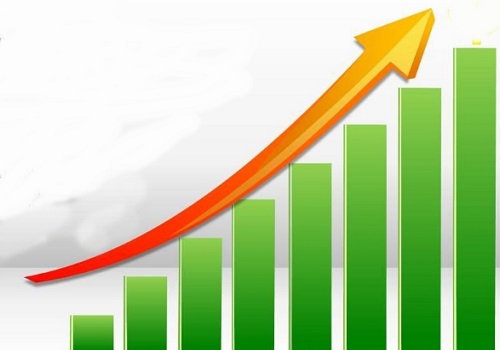

Tag News

Monthly Debt Market Update, September 2023: CareEdge Ratings





 320-x-100_uti_gold.jpg" alt="Advertisement">
320-x-100_uti_gold.jpg" alt="Advertisement">


